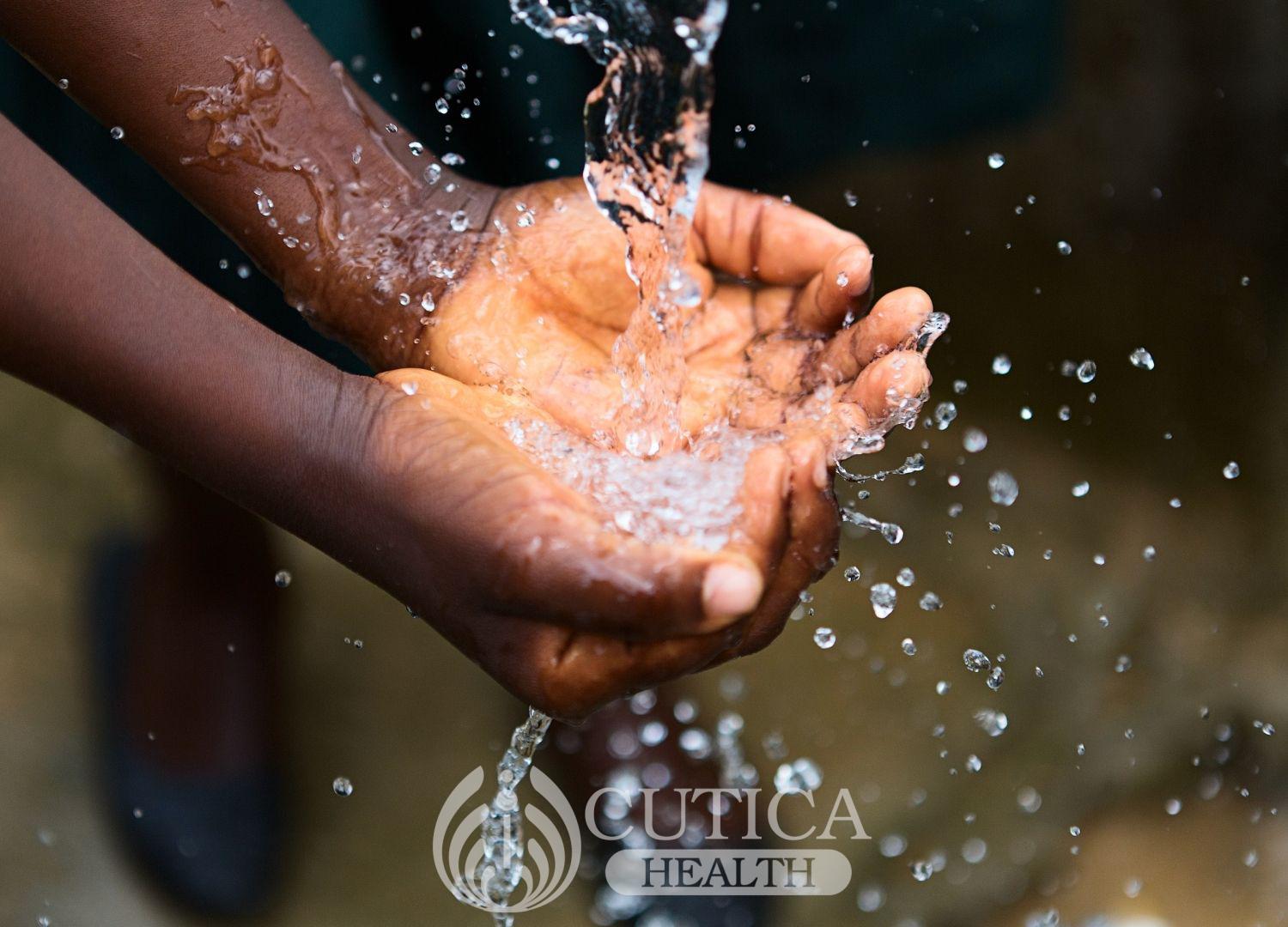
Africa, especially Sub-Saharan Africa, suffers from crippling water scarcity. One in 3 Africans face water scarcity and about 400 million people in Sub-Saharan Africa do not have access to basic drinking water despite the seemingly abundant fresh water lakes, rivers and wetlands.
In Nigeria, it is estimated that about 86% of Nigerians do not have access to a safe source of drinking water.
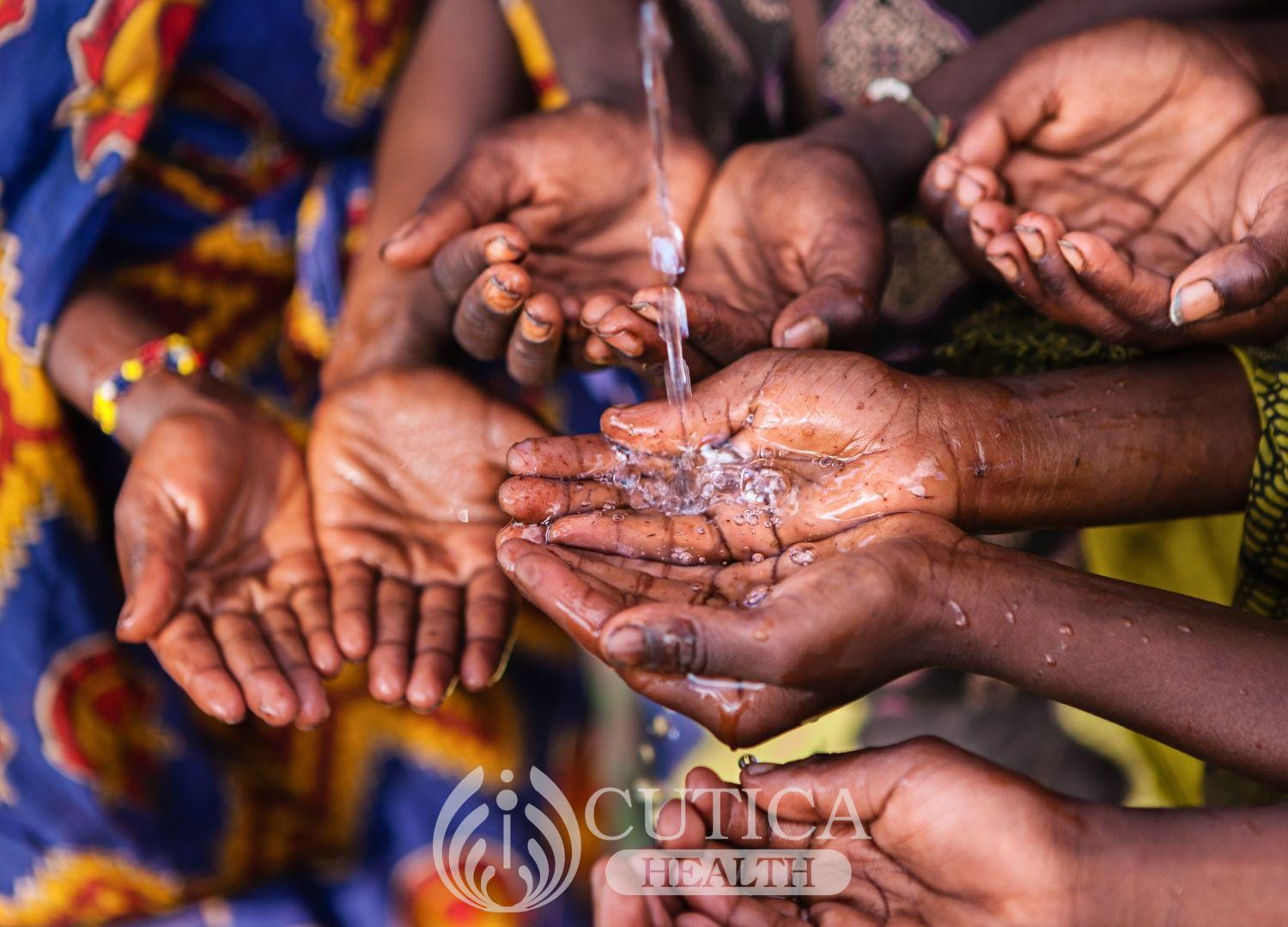
Do you know that having access to clean, affordable and safe drinking water is a fundamental human right? This was adopted in 2010 by the United Nations General Assembly.
The water insecurity problem is mainly caused by physical scarcity, political instability, poor economic development and poverty, pollution, rapid population growth, and climate change.
How can this problem be tackled?
Solving the problem of water scarcity takes concerted efforts of everyone. It involves both getting more sources of clean water and improving existing sources. Improving access to clean water involves solutions that are affordable and sustainable by the people within the community. Some simple steps include:
Well water: Clean water can be availed to communities by digging new wells and fixing old ones. Digging wells is a basic solution to help provide usable water. It is an effective and simple way to improve access to clean water. After wells are dug, it is important that the community take the responsibility of maintaining them. Exposed, uncovered wells can become contaminated and this can lead to water-borne illnesses.
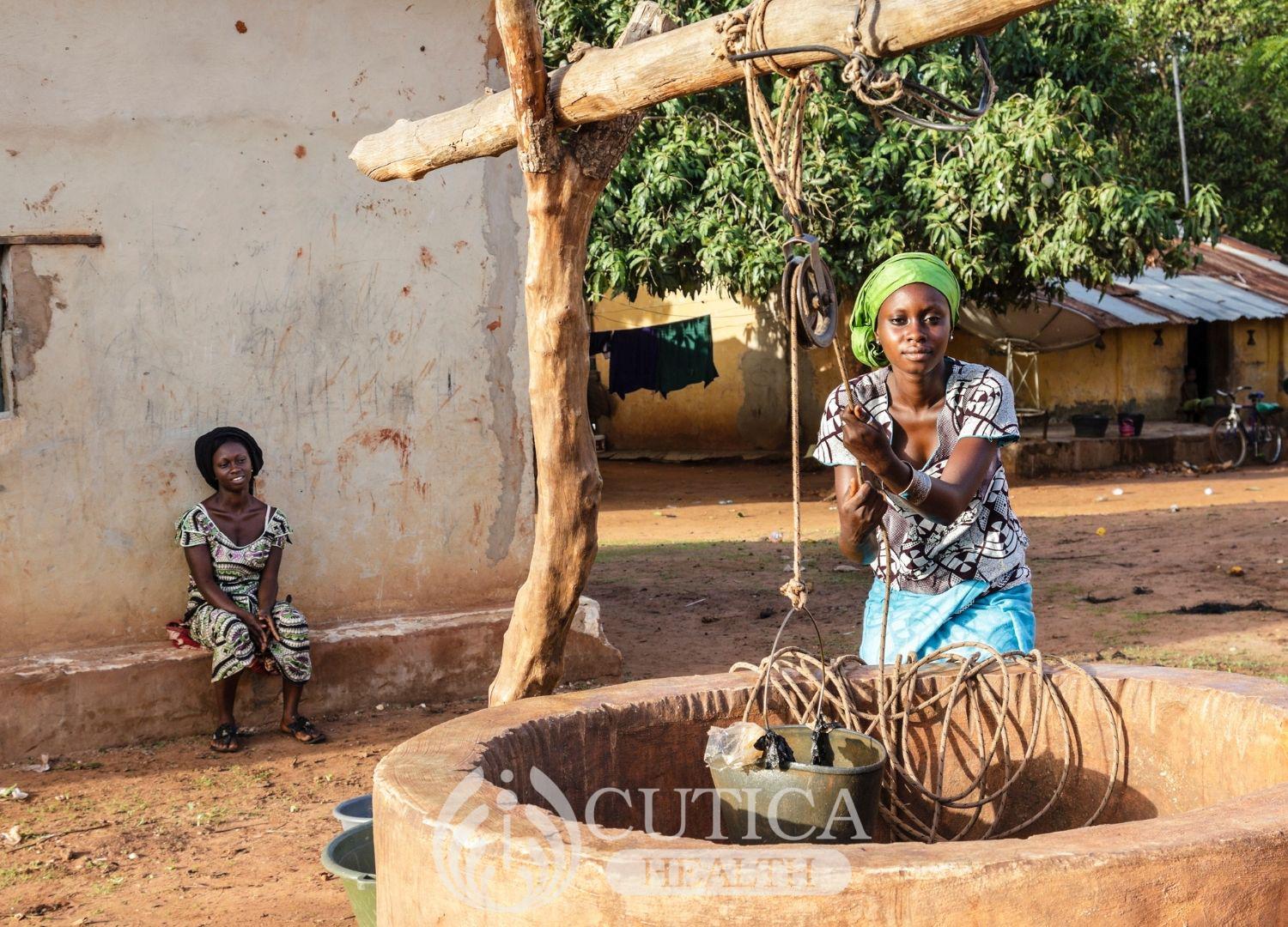
As wells get older, they harbour lots of germs, and this could cause serious infections. It is therefore important that they must be routinely cleaned and disinfected by using a solution of chlorine to scrub down the sides.
Keep the Rivers Clean
Rivers, springs, lakes etc have been used as sources of water for ages and they are still in use, especially in the rural centres. If these water bodies are not properly protected, the water can become unsafe for drinking. Disposal of wastes into water bodies should be discouraged.
Ever heard of sand dams? These are reinforced concrete walls built across a sand river. When it rains, the dam collects soil filled water behind it. The sand in the water sinks to the bottom leaving behind clean water. Millions of litres of water can be collected and stored in a mature sand dam and these can be refilled after each rainfall. This can supply a year of clean water to about a thousand people.
Rain Harvesting 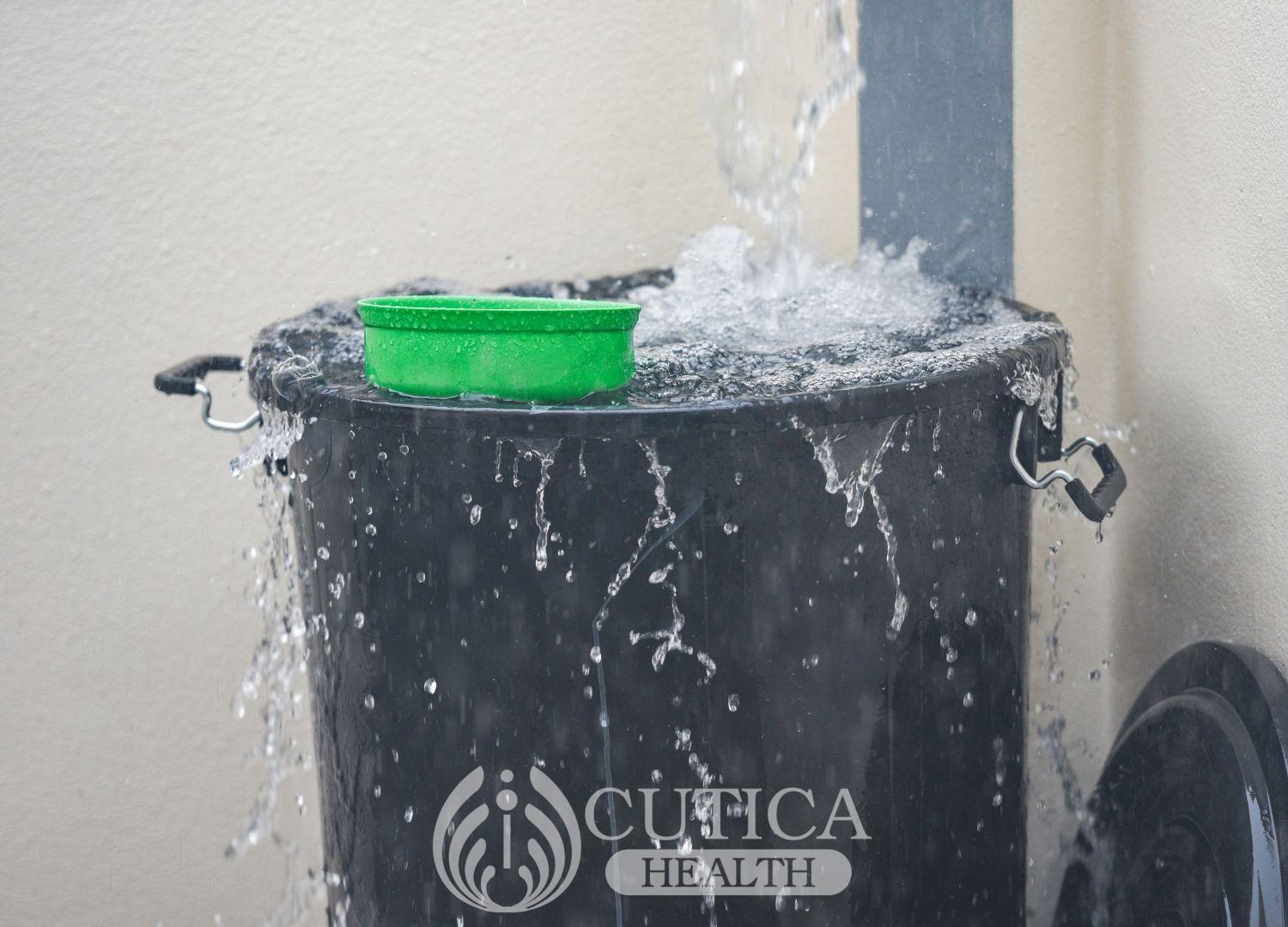
‘Rain harvesting’ is an interesting term used to describe rain collecting systems. It ranges from the use of simple rain drums or barrels to collect and store water to more sophisticated structures with tanks, pumps, and purification systems. It is an economical solution to water scarcity. Underground pipes are designed to carry rain water to a water tank. These tanks are capable of holding thousands of litres of water to ensure access and availability of water during the drier seasons of the year.
The issue of water scarcity in Sub-Saharan Africa cannot be addressed without dealing with water pollution and contamination as this issue greatly contributes to the scarcity. Major pollutants includes fertilisers, spills from oil and gas, industrial wastes, poor sewage management and by-products of mining, and governments must take action to address these issues. 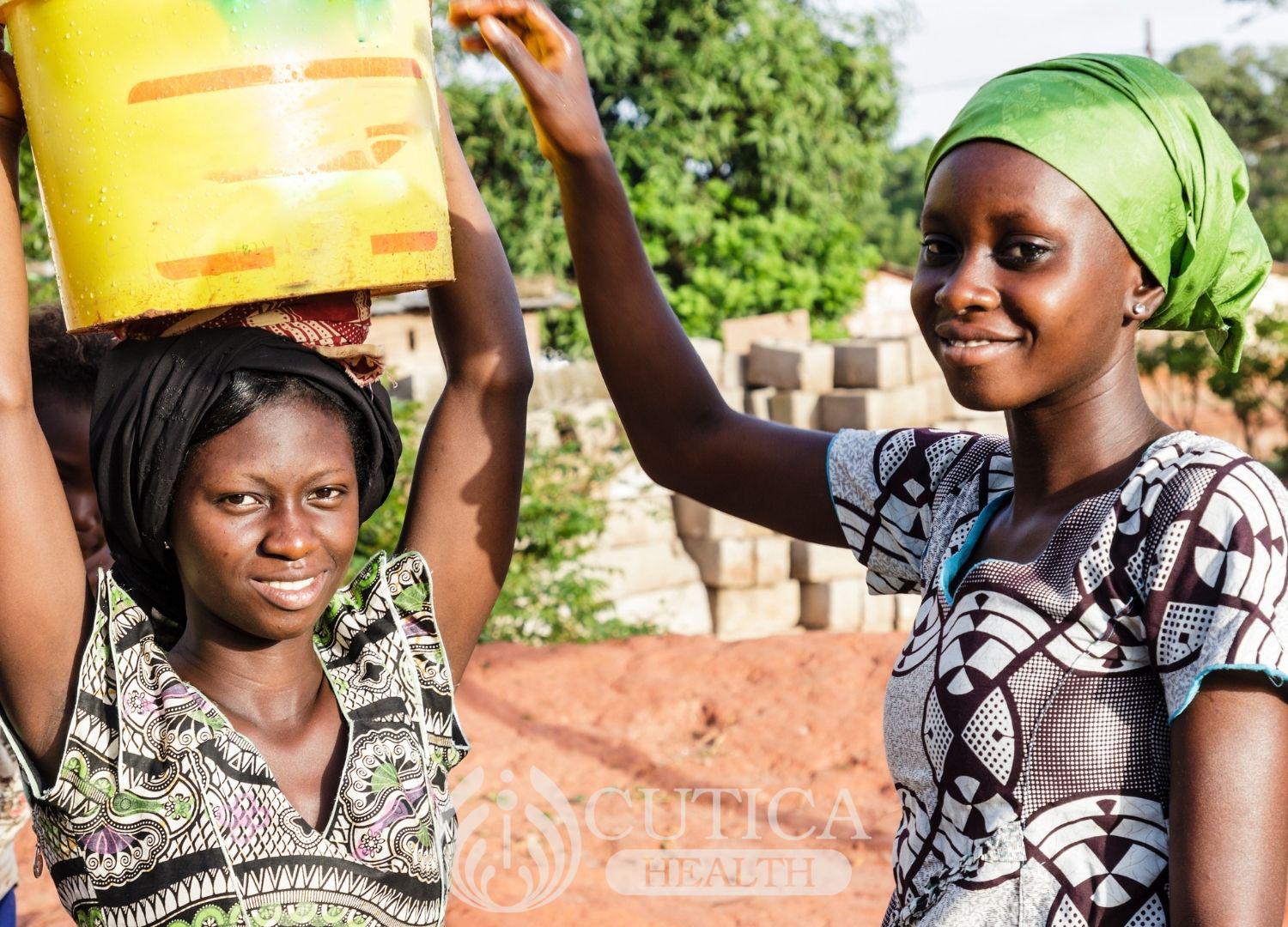
Water sustains life. It is required for a lot of functions and an inability to access clean water does not only limit important functions but encourages the transmission of diseases.












